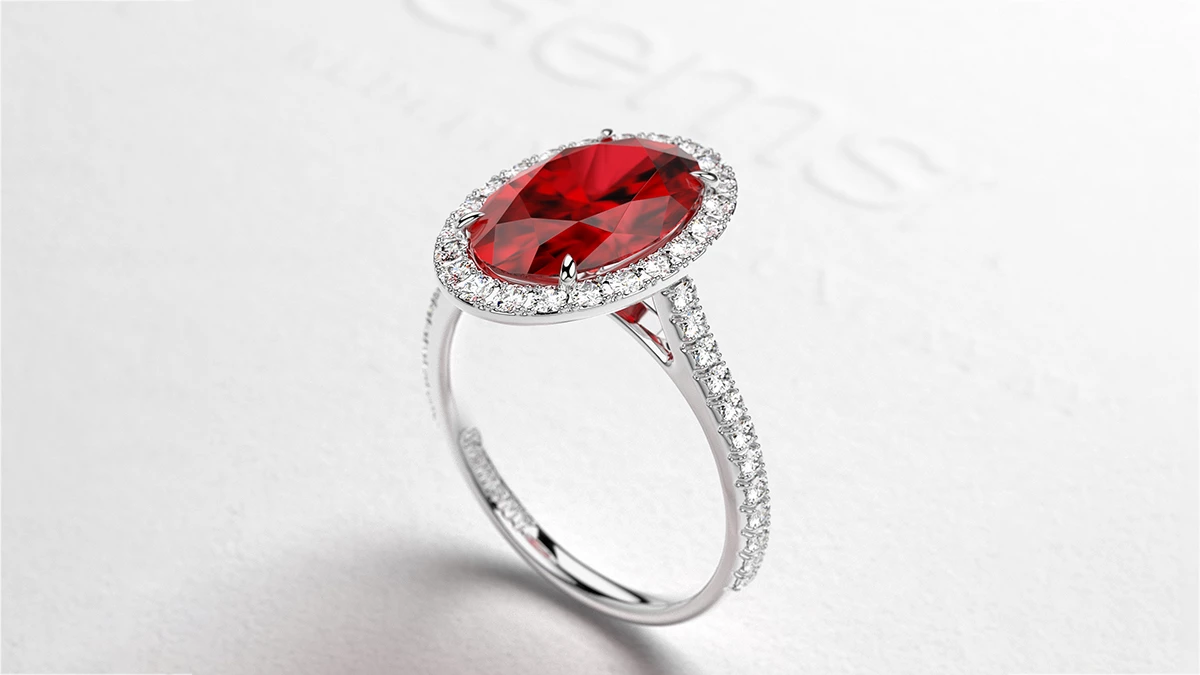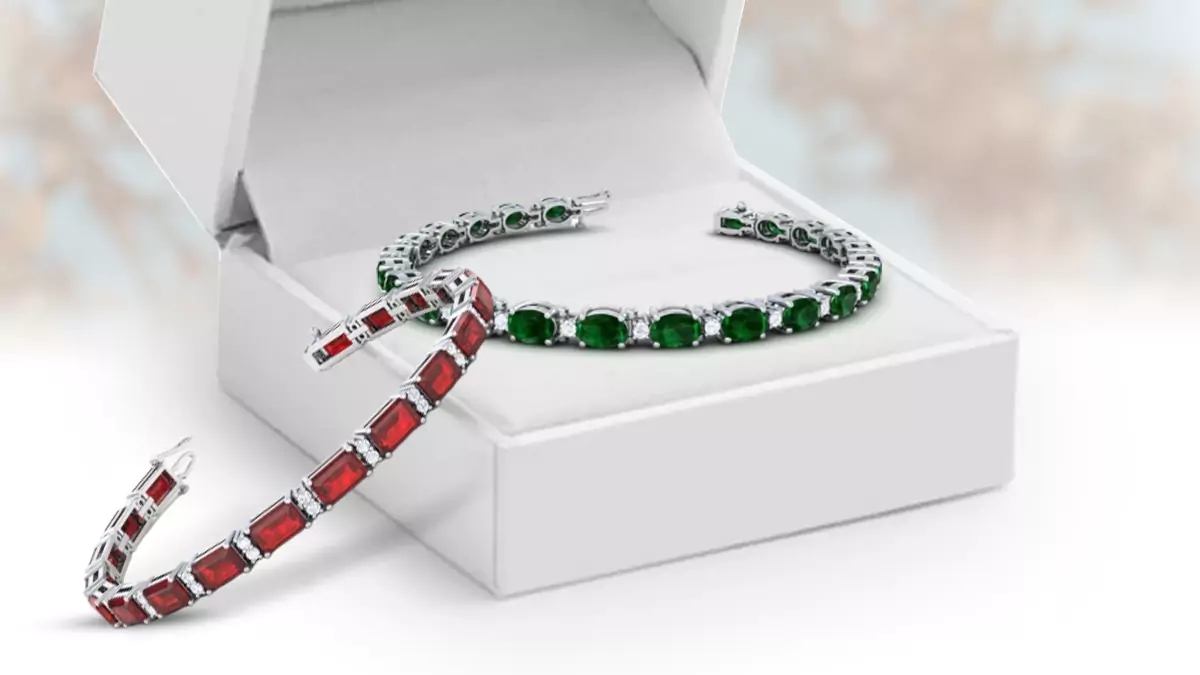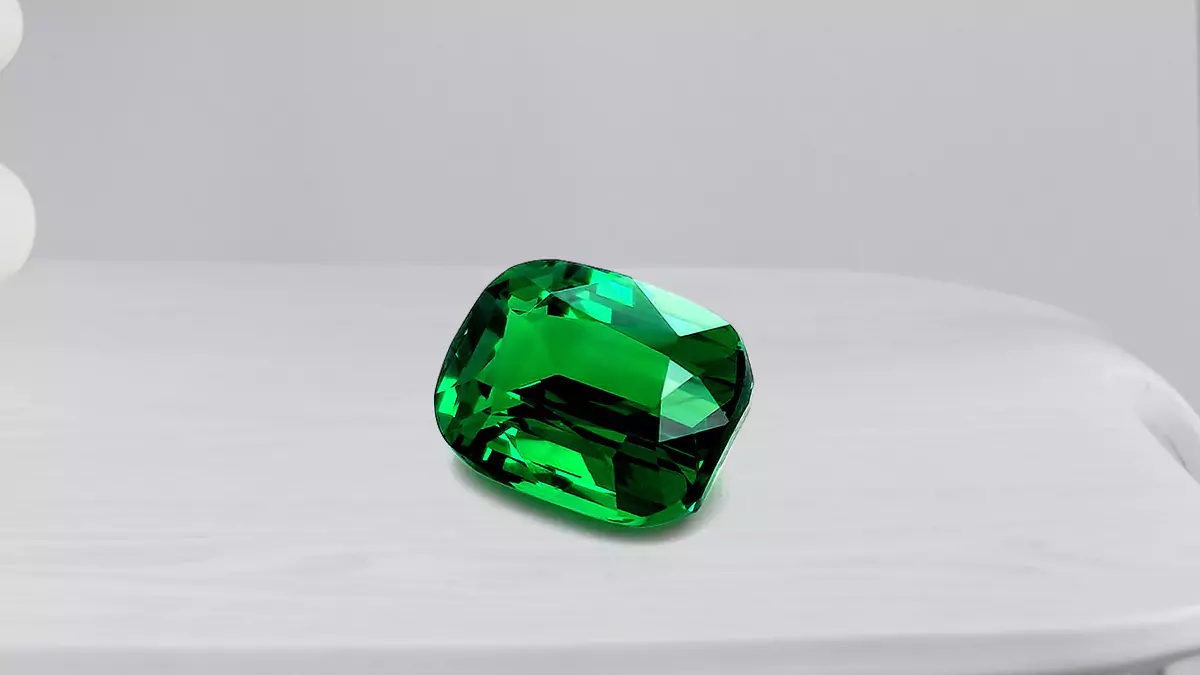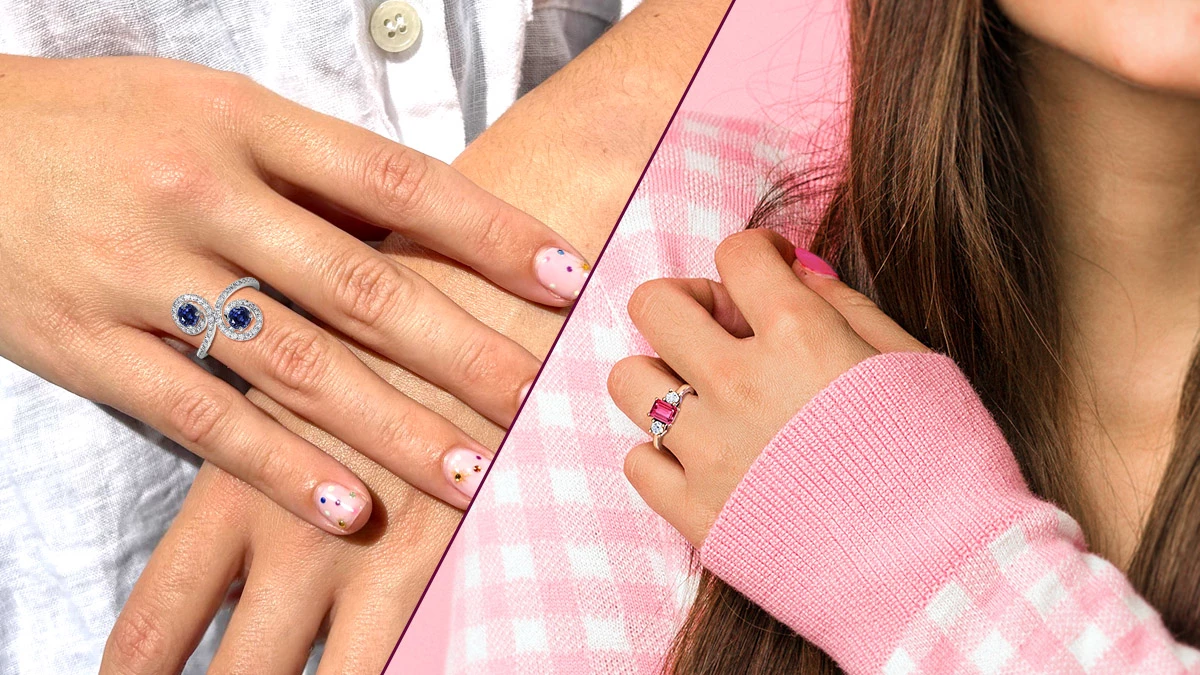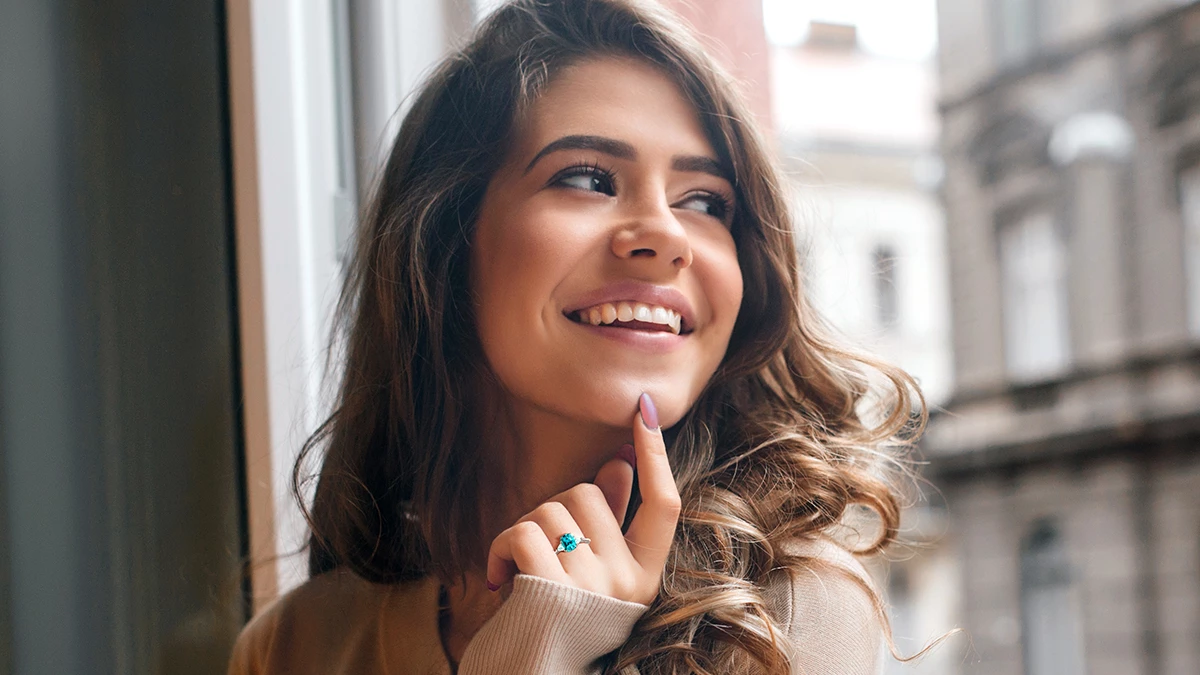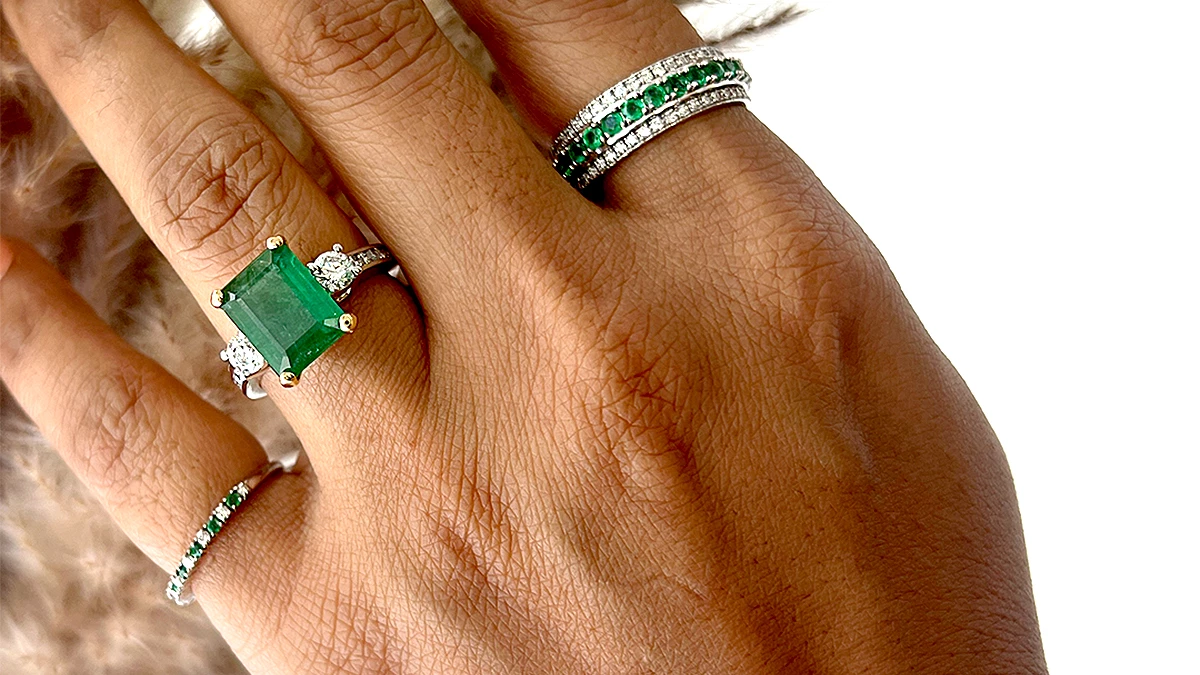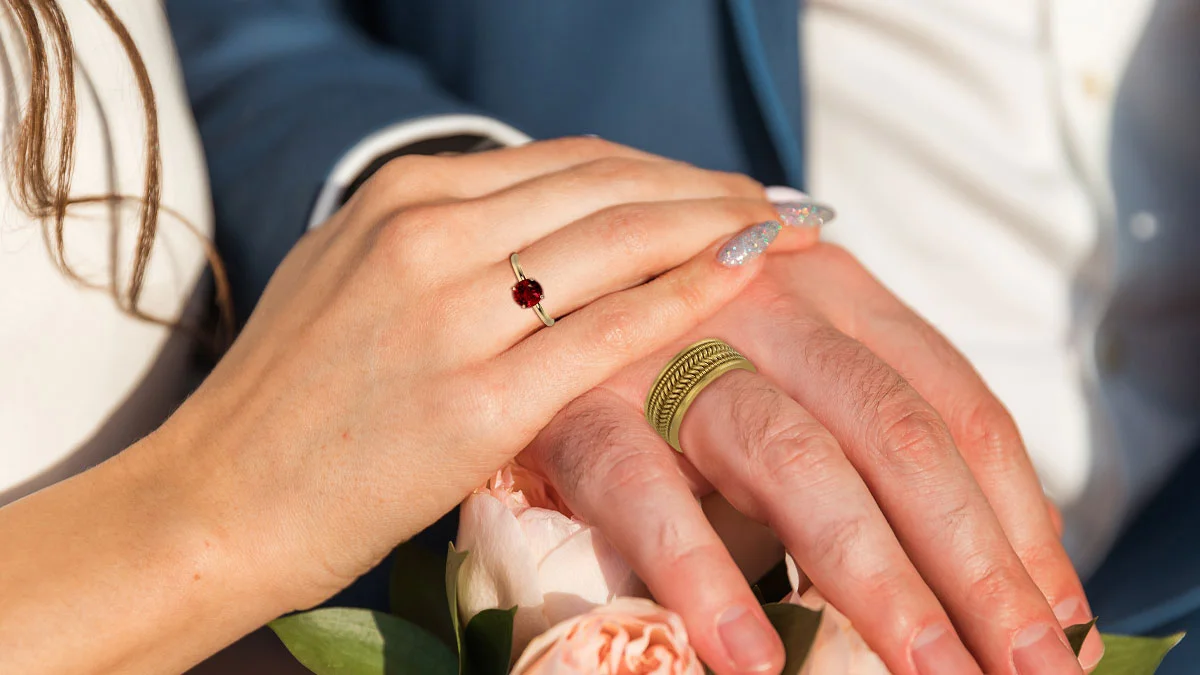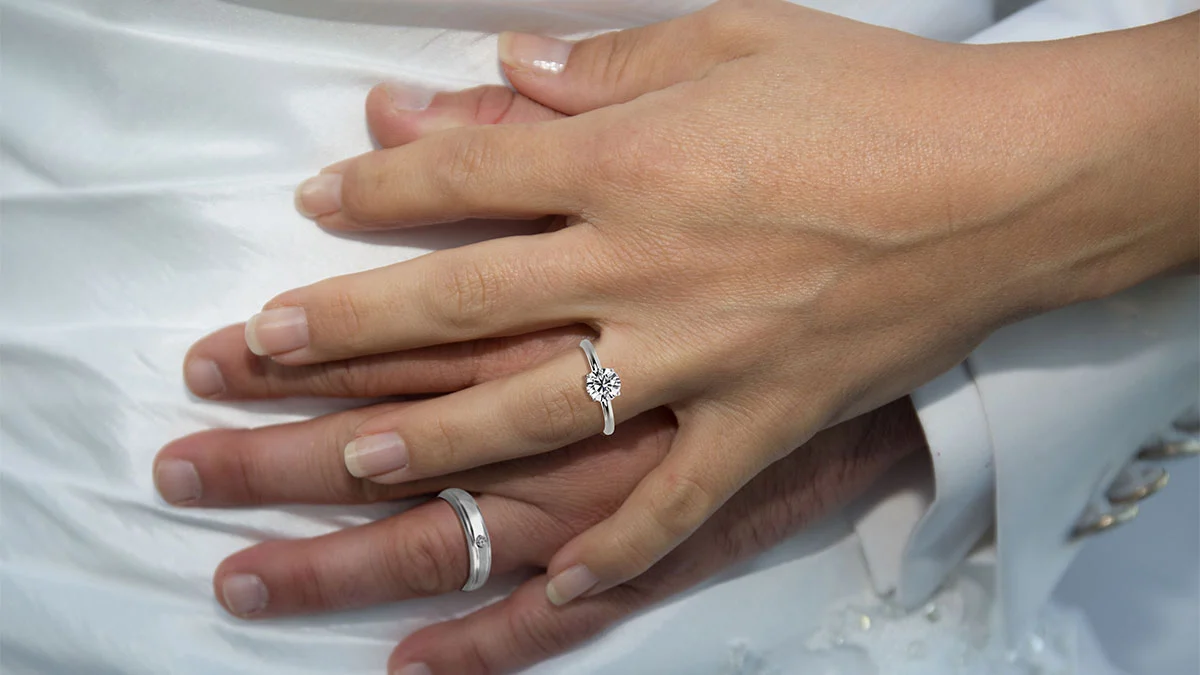There’s nothing more romantic than a ruby ring when it comes to expressing your devotion for your partner. And if it’s customized based on your partner’s preference and liking, the excitement and fascination of the ring doubles.
Imagine glancing at your engagement ring that’s rooted in your style, designed by your most favorite person. Nothing can rival the timeless happiness that it fills your heart with. On that note, let me enlighten you about designing your fascination.
The Inception
Designing a jewelry piece comes with a set piece of technicalities encompassing the various aspects of a ring. While these technicalities mean that you need to take the plunge with adequate knowledge, carrying through that isn’t much tough.
Just like other typical gemstone rings, a ruby ring also consists of a centerstone, gemstone setting and metal. You need to decide on these elements of your ruby ring after applying thoughtful consideration. Once you’re done, designing the ring becomes child’s play.
How To Choose A Ruby Ring Centerstone?
The centerstone of a ruby ring is its protagonist, the main lead who’ll be loved by everyone. You need to choose a centerstone that goes well with not only your partner’s style but also your budget. In that sense, you can choose a ruby that falls in the good, very good and top-quality color ranges.
A top-quality ruby offers a hue of red with a deep tone and vivid saturation. The GIA color grading code for this type of ruby is R 6/6. In this code, R denotes the red hue and the two 6s denote a deep tone and vivid saturation. It’ll cost you a substantial fortune because it’s a top-quality ruby.
If You Can’t Splurge…
Do you have a limited budget? Well, then you might want to settle for a very good or good quality centerstone for your ruby ring. In gemstones, the more up you go as regards quality, the more you are required to splurge.
As per the GIA, ruby is the kind of gemstone that can command the highest prices of any color gemstone. So, you might want to pick a small centerstone for your ruby ring. But that’s no shame because no matter how small or big it is, it’s a ruby. There’s no denying that it’ll surely command adulation because of its widespread fame and rarity.
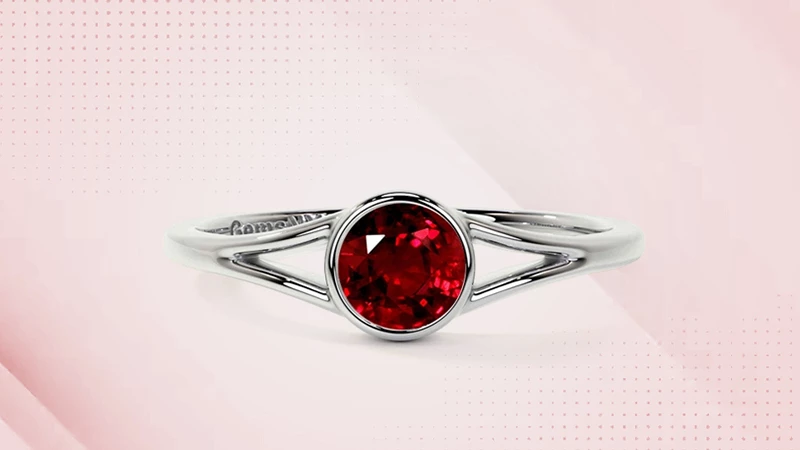
What Are The Different Clarity Grades Of Ruby?
Now let’s talk about the clarity of your protagonist. Do you know it’s expected of rubies to contain at least some inclusions? Because inclusion-free rubies are practically nonexistent – that’s what the GIA says – people in the trade accept inclusions in rubies.
So, you need to choose a ruby with inclusions that can’t be seen through an unaided eye. Stones with VVS (very very small inclusions) or VS (very small inclusions) to SI (small inclusions) are perfect for you.
The inclusions of VVS rubies can’t be detected even when examined with a 10x loupe, so these are expensive. Moreover, VVS rubies are too tough to find because they’re incredibly rare. Now that’s a pity.
But you can opt for a stone with very small to small inclusions – the ones visible to an unaided eye. Most of the rubies in the market fall under this category.
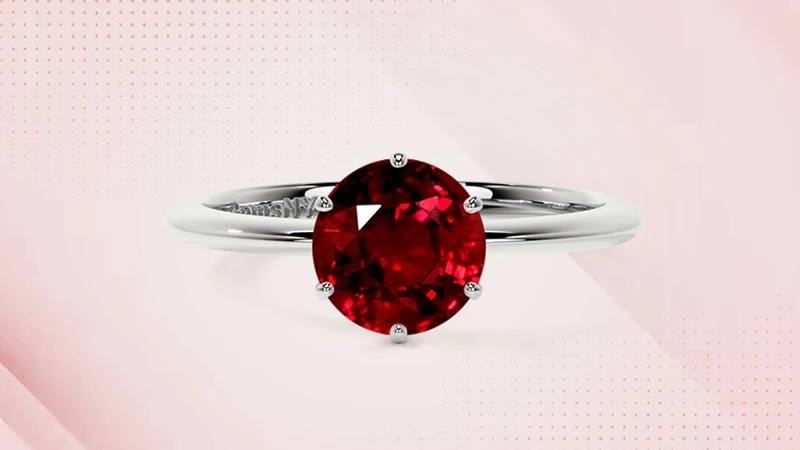
How To Hide The Inclusions Of A Ruby Ring Centerstone?
Obvious inclusions located under the table facet of the gemstone diminish its value dramatically. On the other hand, stones with inclusions that can be barely seen aren’t much affected by these. So, pick a gem whose eye-visible inclusions are located at a point where they can’t be seen easily.
If you can’t find such a gem, look for the one with inclusions located at its girdle or pavilion. The girdle is the widest portion of a gem and the pavilion is right below the girdle. You can easily hide such inclusions with a gemstone setting.
That’s all you need to know regarding your protagonist. As far as the cut is concerned, you can pick just about any that you like.
Which Is The Perfect Gemstone Setting For Ruby Rings?
The setting of your ruby ring can be termed as its supporting actor. What’s the role of a supporting actor? To support and take care of the protagonist in his endeavors, right?
Well, the gemstone setting plays just about a similar role. It’s responsible for keeping the centerstone intact in its place while making sure that it stays in the limelight. In that sense, the bezel and prong settings seem perfect for your ruby ring.
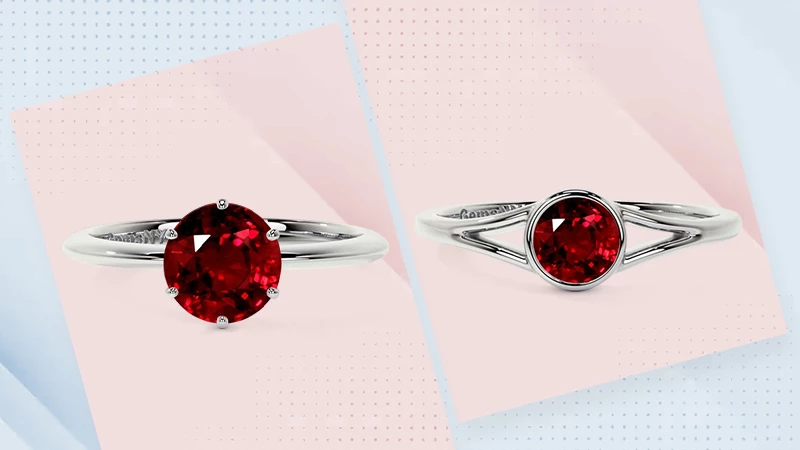
The bezel setting encircles the centerstone in its metal, providing the gem the utmost protection. On the other hand, the prong setting secures the centerstone with 4 or 6 metal claws. These metal claws provide the centerstone with enough space to shine like nothing else does.
Both these settings can hide the eye-visible inclusions located at the girdle and the pavilion of the centerstone respectively. While these settings are perfect for your ruby ring, you can also choose other fancy gemstone settings. It’s your call.
How To Choose A Metal For Ruby Ring?
We’ve got the protagonist, the supporting actor, but who’s the female lead? Well, yes, it’s your ruby ring’s metal. This element of a ring has to be the female lead because it paints the ring in its aura.
Metal should be a personal choice. Period. It’s something that you shouldn’t choose based on anything else other than the skin and skin tone of the wearer. We recommend choosing a metal that’s comfortable on the skin and skin tone of your partner. That’s because certain metal alloys might cause skin allergies, so it’s better to avoid potential pitfalls.
In The End
Designing a ruby ring is a joyful endeavor at GemsNY. We’ve got various different options for all the elements of your ring, from its centerstone to its style. We have A (Good) to AAAAA (Untreated Heirloom) quality natural rubies.
Our list of different styles of rings includes solitaire, two-stone, three-stone, side stone and halo, to name a few. So, put on your creative cap and start designing a ring for your partner.
